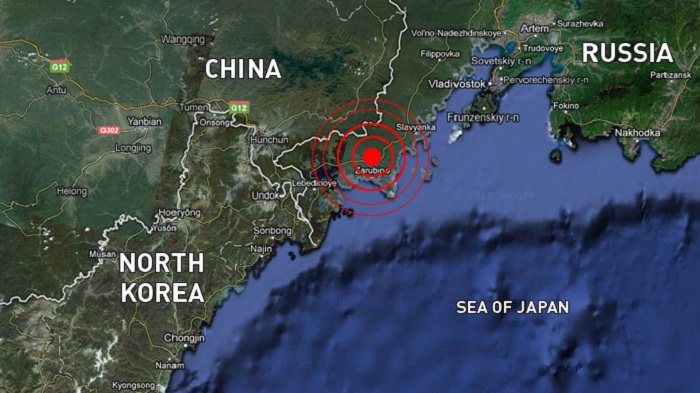Inside the North Korea &South Korea standoff-OPINION

But other, more important behind-the-scenes action has likely been taking place, involving North Korea and its main trading partner and sole ally - China.
The closed nature of both countries means that it’s virtually impossible to know for sure. I base this theory on my experience working for the State Department in China for three years, living along the China-North Korea border, and monitoring food, grain and oil movement in and out of China.
Historically, when North Korea has poked South Korea, it has done so to either stoke national pride or get Beijing’s attention. That looks likely to have been the case this time. Chinese and DPRK officials have likely been holding talks, primarily in the border region of Liaoning Province, as they did while I was in the region in the mid-2000s. Much of the discussion probably involved China urging restraint between North and South Korea. In the event of a war between the Koreas, millions of North Koreans will likely flee to China, so it is in China’s best interest to help secure peace on the peninsula.
But the real meat of the discussion likely concerned what North Korea wants - not necessarily from its southern adversary, but from China. North Korea relies on China for food, arms and energy. And China is much more inclined to use carrots rather than sticks to gain co-operation from North Korea.
The most recent provocation likely had its roots in cash and food shortages or, less likely, a snub from Beijing. While the incident occurred in the DMZ, it likely had far more to do with DPRK-China relations than relations between the two Koreas.
The June drought in North Korea may have done more harm to the country’s harvests than the World Food Program had estimated. The DPRK recently described the 2015 drought as the worst in 100 years. Moreover, North Korea’s closing of its borders for several months during the Ebola outbreak did serious damage to its tourism industry which, while small, is an important source of hard currency. Additionally, Chinese President Xi Jinping has thus far snubbed repeated requests for a meeting with Kim Jong Un, a slight that my well have played into the recent outburst. Short of both cash and food, and not feeling much love from Beijing, North Korea’s provocative behaviour is not surprising.
While much of the international focus has rightly been on events in Panmunjom, past experience shows that we should expect activity soon in the Chinese border town of Dandong, the main rail and road port into North Korea. After the November 2009 naval skirmish between the Koreas, food aid (primarily corn) moved across the rail bridge into North Korea, and observers along the Chinese side of the border saw shiny new Chinese trucks and heavy equipment suddenly present on the North Korean side of the border. It seems likely that same thing will happen this time: a sign that by trading rocket artillery fire with South Korea, North Korea was able to extract additional aid from China, as it has in the past.
Reporters and analysts often wonder why China - the world’s second-largest producer of corn - imports and stockpiles corn, which has reached levels so high that new facilities have to be built. It is no accident that these stockpiles are located close to the North Korean border. While much is made of how the United States and South Korea manage problems with North Korea, less attention is paid to the fact that China is the main guarantor of stability, providing most of North Korea’s food and more than 90 percent of its power.
China responded somewhat differently to the most recent conflict than it has in the past. In recent days it reportedly moved large numbers of troops into the city of Yanji, about 30km from the North Korean border. Perhaps more telling than the troop movement itself is the fact that the Chinese government allowed the press to photograph and publish pictures of the movements. This part of the response may indicate that China is more concerned than before about the possibility of regime collapse in North Korea. It plainly shows that, in the event North Korea needs to be secured by a foreign military, the Chinese will get there first.
In the end, this episode is likely to have been mostly about food and fuel. I predict that after these face-saving exits by both Koreas, China will give the North whatever it really wanted in the first place.
Bill Johnson is a retired US Air Force Officer, and a retired Foreign Service Officer. Bill was a philosophy professor at the US Air Force Academy for five years. He served as the senior political advisor for US Special Operations Command Pacific from 2009 to 2011. Since his retirement, he has done consulting for the Naval Post-graduate School on China policy issues.















































